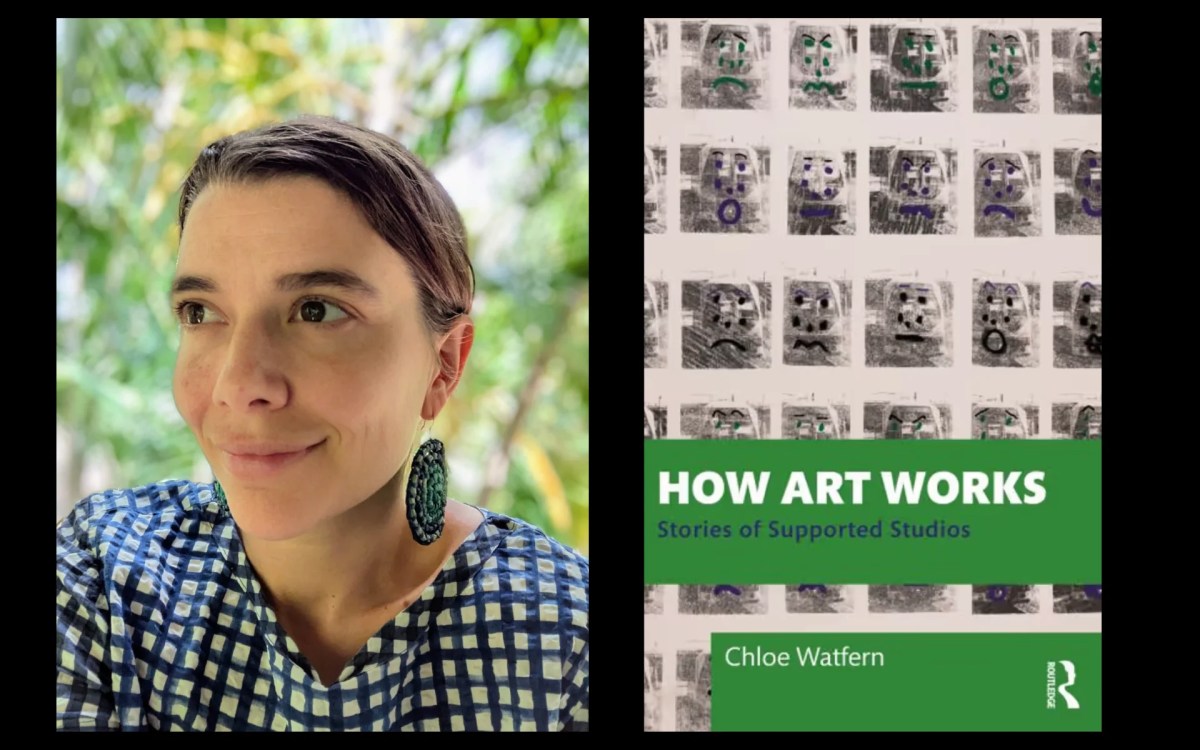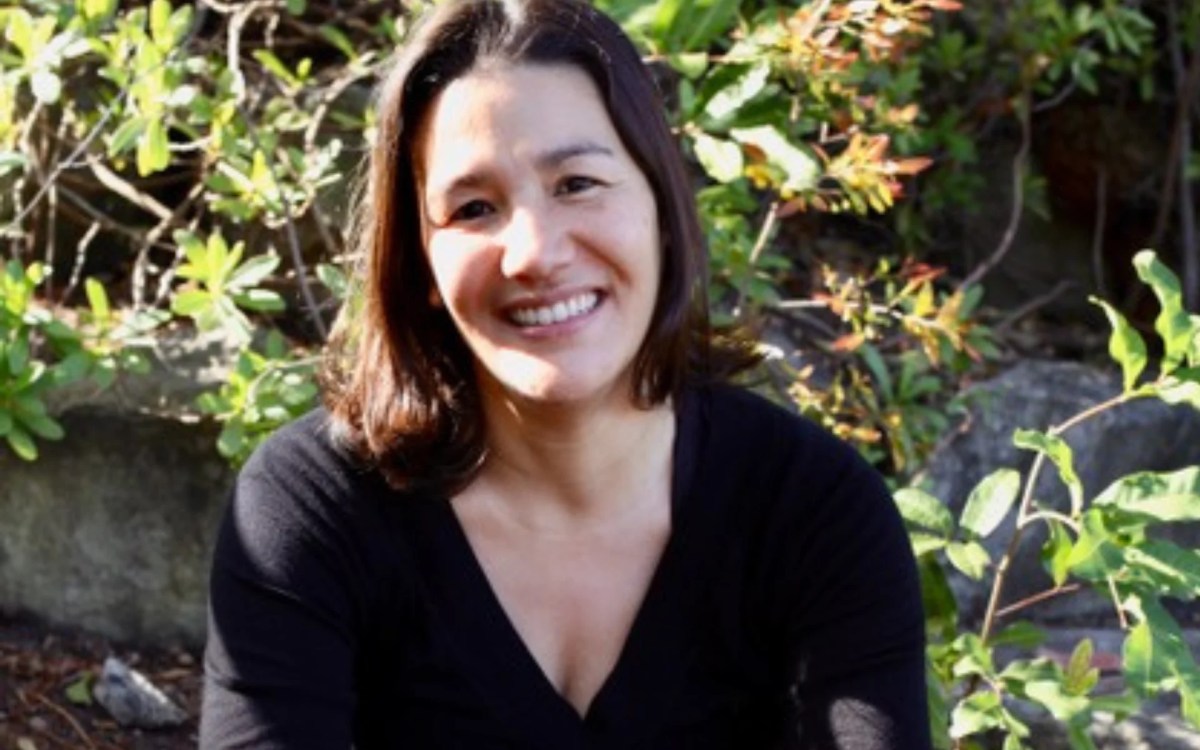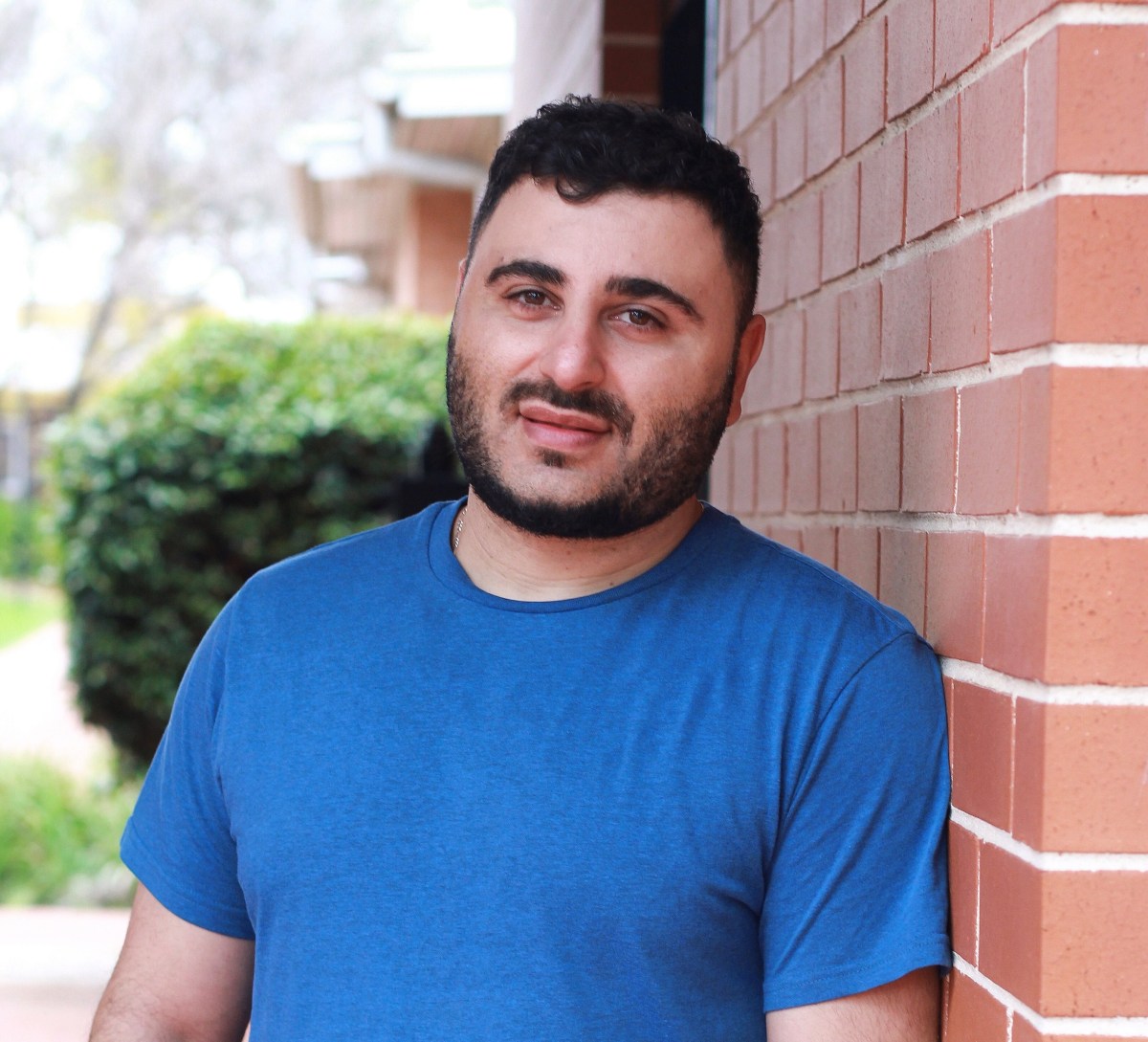A writers’ room is something like the nerve centre of a scripted drama or comedy, a place where some combination of writers, producers, editors and developers come together to brainstorm the overall arc of a series and flesh out the plot of each episode.
Many playwrights, comedians and filmmakers aspire to break into the world of writers’ room, but they present challenges in adapting to someone else’s voice and working in a newly collaborative way. They can also be mysterious to the uninitiated and are notoriously tricky to break into.
We talk to four writers who have worked in a range of rooms, and who have taken different paths to these writing gigs, to discover how they found their way in and what they’ve learned.
Jack Druce
Canadian-born, Melbourne-based comedian Jack Druce worked in the writers’ room for one of Australia’s biggest shows, the long-running current affairs program The Project. Colleagues from the stand-up scene recommended him for the gig, which involved writing jokes for the show’s stars, including Tommy Little and Peter Helliar. He initially came on board on a casual basis, filling in when full-timers were away, before landing a more permanent role.
Druce says adjusting to the pace and volume of the show was one of the main challenges. “When I first started, I was like: ‘Oh, I should have focused more on that story’, but when you get into the rhythm of the work, the show goes on, it’s done, and you’re onto the next one. It’s a unique situation in comedy writing; normally, there’s a lot more space to obsess about the details.”
Druce suggests aspiring writers consider doing stand-up even if it seems removed from their ultimate goal. “It gets you in front of people, puts you on deadline and makes you write,” he explains. But he says doing well on the stand-up circuit won’t get you writing gigs on its own. “Being willing to introduce yourself as a writer when you’re contacting people is a huge factor.”
More recently, Druce has focused more on his own projects, like his newly released sketch pilot All Good if Not, which he wrote, directed and edited. He says pursuing his passions has “been more high risk/high reward” than working on an established program, but there are pros and cons to both types of work.
“There’s definitely a comfort in the security of working on a show that’s on every night, and I would hope to be in those kinds of writers’ rooms again down the line. But my view is that you’ve got to ultimately be moving in the direction of making the stuff you want to make. I enjoyed the process of [All Good if Not] much more than any other writing I’ve done for myself or anyone else.”

Nicole Reddy
Now working on her own television comedy series, Fijian-born Nicole Reddy has worked in writers’ rooms for Swift Street and Four Years Later. Having studied screenwriting, she wrote short films and initially got a foothold in the industry by drawing on connections from her course’s alumni network to get work as a note-taker in a writers’ room. This is a crucial job in the industry – note-takers record the discussions in the writers’ room and edit them into a usable document.
Reddy says the note-taking experience was invaluable for making contacts. She notes that not everyone will be in the privileged position to be able to take up these jobs, given that they only offer ad hoc and temporary employment. “But for anyone that is able to do that, I would highly recommend it, because it teaches you a lot about how writers’ rooms run, what works and what doesn’t work. By the time I was in rooms as a writer or as a story consultant, I was experienced and confident, and was able to jump right in.”
One of Reddy’s initial motivations to become a writer was that she felt her experience of transnational migration wasn’t being reflected on screen or in writers’ rooms. She says representation is particularly important where a script has diverse voices, but not every room gets it right on this front. “I don’t like being the only person of colour in the room; I highly prefer it when there’s someone else there with me, because then I don’t feel like all of the burden and responsibility of representation is on me.”
In Reddy’s view, effective leadership is vital for a well-functioning room, though she says everyone has their own approach. “If I’m writing the episode, I’ll take the beats from the planning day, write them into a document and send it back to everyone overnight, so when they come in the [next] morning, they’re working on what we already decided overnight. But that’s not the way everyone should work. I’m aware that that’s a bit more intense. They used to call [that process] ‘doing a Nicole’!”

Clare Atkins
Today, Atkins is an experienced author and screenwriter with credits on All Saints, Winners & Losers, The Heights and Wonderland to her name, but she got her start on another big-name Australian program, the iconic soap Home and Away. The show offered her a job as a script assistant after she had done work experience there.
“I didn’t know what stories of my own I wanted to write yet, so I thought while thinking about that, I wanted to learn how to write and see others in action,” Atkins recalls.
The job taught her valuable lessons about professionalism and meeting deadlines. “There was a lot of discipline – in a soap, there’s a very strict and busy schedule that you have to stick to no matter what. That was really good training for me, in that you have to sit down, be at the desk and come up with a story by a certain time. It was a really great deep dive into the craft.”
Since graduating into writers’ rooms, Atkins has found that bringing together a range of people with diverse life experiences, backgrounds and ages is crucial for successful collaboration. She says bringing in people familiar with the different story elements can also elevate a group. “If you’re doing a crime show, for example, it’s great to have somebody in there who’s strong on plotting and procedural elements. But if it’s a deep dive into character, I’ve heard of psychologists being invited into the room to give it that extra depth.”
Atkins says there are fewer opportunities for script assistants these days as the industry increasingly employs note-takers instead. But she has some specific advice for anyone working in these roles. “Everybody says it’s really hard to get into rooms and [you should] try to get note-taking experience, which is true. It’s good to be a note-taker for a certain period but, at some point, it becomes essential to say: ‘OK, I’m a writer now.’ I’ve heard of several note-takers who’ve got stuck and had to draw a line under it.”

James Elazzi
Lebanese-Australian playwright, screenwriter and director James Elazzi, a three-time nominee for the NSW Premier’s Literary Award, says it was initially hard to get into the groove of writing on someone else’s project. “I’m always drawn to fleshing out my own work above other people’s work,” he says. “But I’m more open to it now. At first, I kept hearing my own voice, but after a while, I was able to get in vogue with their stuff and what they wanted to say, and become a vehicle for their voice.”
Elazzi’s plays, such as the acclaimed Karim, have often drawn on his lived experience growing up as a gay man and being part of the Lebanese community in Australia. He says representation in rooms is vital “to get the most authentic work out there”.
Elazzi says fostering a safe, inclusive environment and facilitating participation by quieter members of the room can make a space more productive. Similarly, he says those leading the room need to give open-ended feedback. “As soon as you shut someone down, you can’t get the best out of that person. Maybe their first idea or offer isn’t quite what you’re looking for, but their second offer could be amazing.”
Having seen how difficult it can be to get a foothold in the television world, Elazzi would like the industry to offer more chances for emerging writers to watch these rooms in action. ‘The writers’ rooms can be quite private, and a way in is to be a note-taker, but that in itself is such a full-on job. An opportunity for someone to sit in the room and just quietly observe how things pan out could be such an important way to learn.”
Read: Screenwriter David Hannam shares tips for would-be TV writers
His main advice to emerging creatives seeking a writers’ room gig is to persevere and stage their own play readings if necessary. “Just keep putting your work out there. It’s so easy to think, ‘My story isn’t resonating’, but if you really feel passionate about what you want to say, eventually you will get a platform, and like-minded individuals will be drawn to your story. There is a community and an audience for every single artist. You just need to know who your audience is.”






